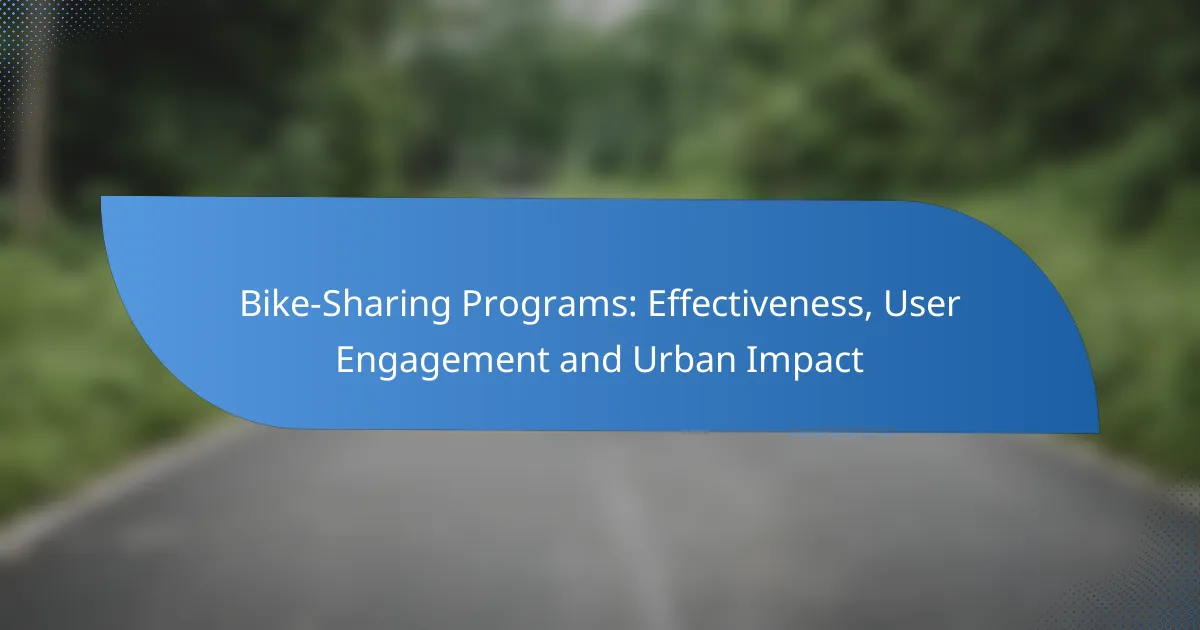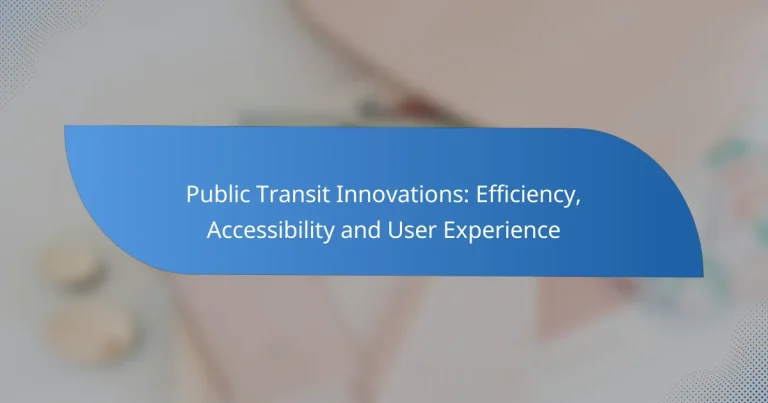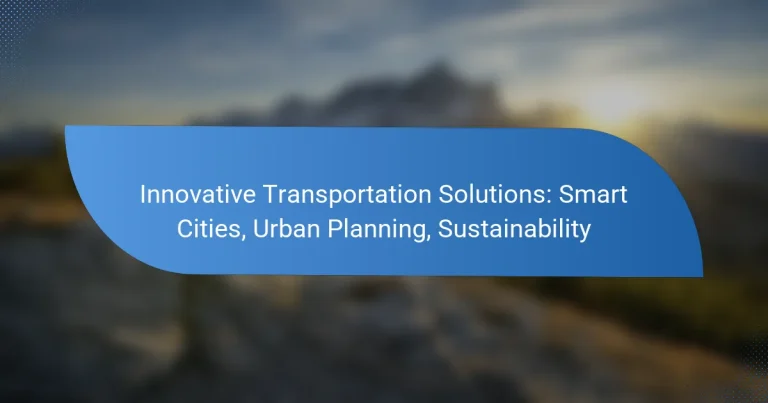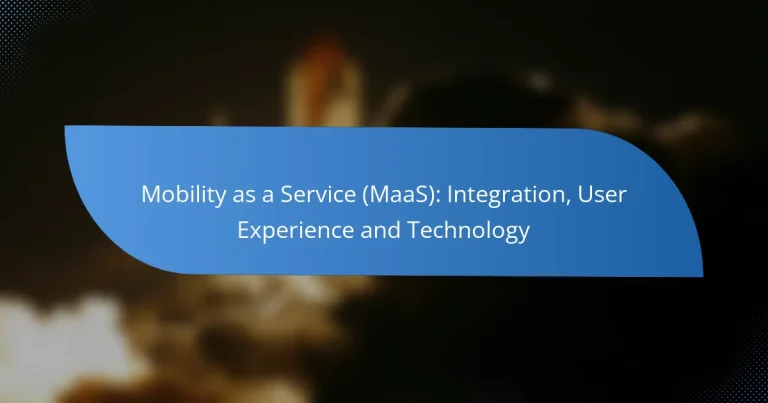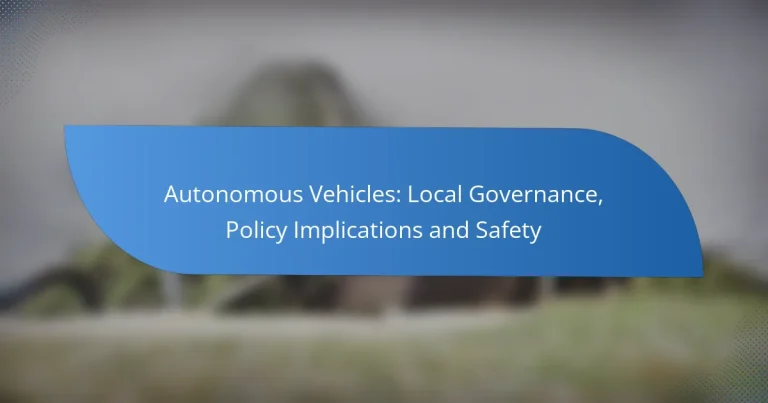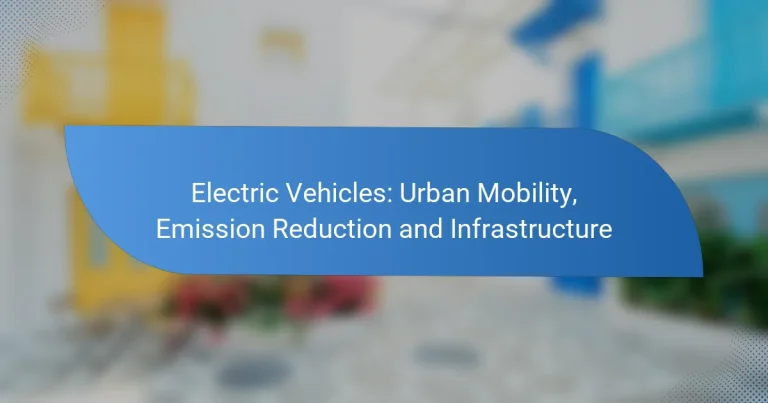Bike-Sharing Programs: Effectiveness, User Engagement and Urban Impact
Bike-sharing programs have emerged as a vital component of urban transportation, offering an eco-friendly alternative that reduces car dependency and alleviates traffic congestion. Their effectiveness is closely tied to user engagement, which is shaped by factors such as station accessibility, pricing, and community involvement. By examining these elements, cities can optimize their bike-sharing initiatives to better serve their populations and promote sustainable mobility.

How Effective Are Bike-Sharing Programs in Urban Areas?
Bike-sharing programs are highly effective in urban areas, enhancing transportation options and promoting sustainable mobility. These systems encourage cycling, reduce reliance on cars, and can significantly impact urban traffic patterns.
Increased mobility
Bike-sharing programs improve mobility by providing convenient access to bicycles throughout urban areas. Users can easily find and rent bikes at various docking stations, allowing for quick trips across the city without the need for a personal vehicle.
This increased mobility is especially beneficial in densely populated regions where public transport may be limited or congested. By offering an alternative mode of transport, bike-sharing can help individuals reach their destinations faster and more efficiently.
Reduced traffic congestion
Implementing bike-sharing programs can lead to a noticeable reduction in traffic congestion. As more people opt for bicycles instead of cars, the overall number of vehicles on the road decreases, easing pressure on busy streets.
Studies have shown that cities with successful bike-sharing initiatives often experience lower traffic volumes during peak hours. This shift not only benefits cyclists but also improves travel times for motorists and public transport users.
Environmental benefits
Bike-sharing programs contribute positively to the environment by lowering greenhouse gas emissions. Each bike trip replaces a potential car journey, reducing air pollution and the carbon footprint associated with urban transport.
Additionally, increased cycling promotes healthier urban living conditions by decreasing noise pollution and encouraging greener spaces. Cities that prioritize bike-sharing often see improvements in overall public health and quality of life.
Cost-effectiveness
Bike-sharing can be a cost-effective transportation solution for both users and cities. For individuals, renting a bike is often cheaper than owning a car or using taxis, especially for short trips.
From a municipal perspective, bike-sharing systems typically require lower infrastructure investment compared to expanding road networks or public transit systems. This makes them an attractive option for cities looking to enhance their transportation frameworks without significant financial burdens.
User satisfaction rates
User satisfaction rates for bike-sharing programs tend to be high, with many participants appreciating the convenience and flexibility these systems offer. Surveys often reveal that users enjoy the ease of access and the ability to avoid traffic.
However, satisfaction can vary based on factors such as bike availability, maintenance, and the quality of docking stations. Cities should focus on addressing these aspects to maintain and improve user engagement in their bike-sharing initiatives.

What Factors Influence User Engagement in Bike-Sharing?
User engagement in bike-sharing programs is significantly influenced by various factors, including the accessibility of bike stations, pricing models, mobile app usability, and community events. Understanding these elements can help improve user experience and increase participation in bike-sharing initiatives.
Accessibility of bike stations
The accessibility of bike stations plays a crucial role in user engagement. Stations should be conveniently located near popular destinations, such as public transport hubs, shopping areas, and residential neighborhoods. When users can easily find and access bikes, they are more likely to utilize the service.
Additionally, the density of bike stations within a city can affect user behavior. A higher concentration of stations allows for shorter distances to travel, making the service more appealing. Cities should aim for a balance that maximizes accessibility without overwhelming the infrastructure.
Pricing models
Pricing models directly impact user engagement in bike-sharing programs. Flexible pricing options, such as pay-per-ride, daily passes, or monthly subscriptions, can cater to different user needs. For instance, casual riders may prefer single-ride payments, while regular users might benefit from a subscription model.
Moreover, implementing discounts during off-peak hours or for specific demographics, like students or seniors, can encourage more people to participate. Transparency in pricing is essential; users should easily understand costs to avoid confusion and frustration.
Mobile app usability
The usability of mobile apps associated with bike-sharing services is vital for user engagement. A well-designed app should allow users to quickly locate available bikes, check station availability, and complete transactions seamlessly. Features like real-time updates and user-friendly interfaces enhance the overall experience.
Regular updates and user feedback can help improve app functionality. Ensuring that the app is compatible with various devices and operating systems is also important to reach a broader audience.
Community events and promotions
Community events and promotions can significantly boost user engagement in bike-sharing programs. Organizing local rides, bike safety workshops, or promotional days can create excitement and encourage participation. Such events foster a sense of community and promote the benefits of cycling.
Offering incentives, such as discounts or free rides during these events, can attract new users and retain existing ones. Collaborating with local businesses for sponsorships or partnerships can further enhance the visibility and appeal of these initiatives.

How Do Different Cities Implement Bike-Sharing Programs?
Bike-sharing programs vary significantly across cities, influenced by local infrastructure, population density, and urban planning goals. Each city tailors its approach to meet specific transportation needs and enhance user engagement.
Case study: New York City
New York City’s bike-sharing program, known as Citi Bike, launched in 2013 and has become one of the largest in the U.S. The system features thousands of bikes and docking stations spread across Manhattan, Brooklyn, and Queens, making it accessible for both residents and tourists.
Key considerations for NYC include high demand during peak hours and the need for extensive bike lanes to ensure safety. The program offers various membership options, including single rides and monthly subscriptions, catering to different user preferences.
Case study: San Francisco
San Francisco’s bike-sharing initiative, Bay Wheels, started in 2017 and focuses on integrating with public transit. The program emphasizes affordability, with options for low-income residents, and aims to reduce traffic congestion and emissions.
San Francisco faces unique challenges, such as hilly terrain and variable weather. The program addresses these by providing electric bikes, which help users navigate the city’s steep streets more easily.
Case study: London
London’s bike-sharing program, known as Santander Cycles, was launched in 2010 and has expanded to cover a large area of the city. The program is designed to promote cycling as a viable alternative to public transport, with a focus on safety and accessibility.
Users can rent bikes for short trips, with pricing structured to encourage quick returns. London has invested in dedicated bike lanes and parking facilities, which are crucial for user safety and program success. Additionally, the city regularly evaluates usage data to optimize station placements and bike availability.

What Are the Key Metrics for Measuring Success?
Key metrics for measuring the success of bike-sharing programs include ridership statistics, revenue generation, and bike maintenance costs. These metrics provide insights into user engagement, financial sustainability, and operational efficiency.
Ridership statistics
Ridership statistics reflect the number of trips taken using the bike-sharing system over a specific period. High ridership indicates strong user engagement and can be influenced by factors such as bike availability, pricing, and the density of bike stations.
To evaluate ridership, consider tracking daily, weekly, and monthly usage patterns. Comparing these figures against local population data can help assess the program’s reach and effectiveness in promoting cycling as a transportation option.
Revenue generation
Revenue generation measures the income produced by the bike-sharing program, primarily from user fees, subscriptions, and sponsorships. A successful program should aim for a balance between affordability for users and financial sustainability.
Monitoring revenue trends can help identify peak usage times and inform pricing strategies. Programs often generate revenue through various models, including pay-per-ride, monthly subscriptions, or annual memberships, with some cities also incorporating advertising on bikes or stations.
Bike maintenance costs
Bike maintenance costs encompass expenses related to repairs, servicing, and replacement of bikes within the fleet. Keeping maintenance costs low is crucial for the program’s overall profitability and reliability.
To manage these costs effectively, implement a regular maintenance schedule and track the condition of each bike. Programs should also consider investing in durable bikes and components to minimize long-term repair needs, which can significantly impact operational budgets.

What Challenges Do Bike-Sharing Programs Face?
Bike-sharing programs encounter several challenges that can hinder their effectiveness and user engagement. Key issues include operational costs, maintenance, theft, and user behavior, which can significantly impact the overall success of these initiatives.
Operational Costs
Operational costs for bike-sharing programs can be substantial, encompassing bike maintenance, station upkeep, and staffing. Many programs rely on a mix of user fees and sponsorship to cover these expenses, but fluctuations in user engagement can lead to financial instability. For instance, cities may need to allocate budgets ranging from thousands to millions of dollars annually to sustain these services.
To manage costs effectively, programs should consider implementing dynamic pricing models that adjust fees based on demand. This can help optimize revenue during peak usage times while encouraging usage during off-peak hours.
Maintenance and Theft
Maintenance is crucial for ensuring bike-sharing programs operate smoothly. Regular inspections and repairs are necessary to keep bikes in good condition, which can be resource-intensive. Additionally, theft and vandalism pose significant risks, with some cities reporting loss rates of 10-20% of their fleet annually.
To mitigate these issues, programs can invest in GPS tracking and robust locking mechanisms. Engaging the community through awareness campaigns can also foster a sense of ownership and responsibility, reducing theft incidents.
User Behavior and Engagement
User behavior significantly influences the success of bike-sharing programs. Factors such as convenience, accessibility, and perceived safety can affect how often people choose to use these services. Programs may experience low engagement if users find the bikes difficult to locate or if there are safety concerns in certain areas.
To enhance user engagement, bike-sharing programs should focus on improving accessibility by expanding the network of stations and ensuring bikes are available in high-demand areas. Offering incentives for frequent users, such as discounts or loyalty programs, can also encourage more consistent usage.
